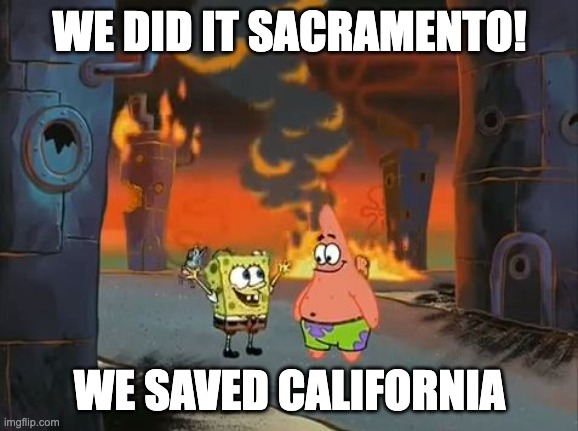Welcome back from the holiday, dear readers!
Your humble blogger has made no secret of his support for remote proceedings for court appearances. Hearings conducted remotely have the general effect of reducing transmission of diseases, whether COVID19 or the common cold and everything in between.
By allowing for remote hearings, the court system further reduces the burden and costs of litigation by avoiding hours spent on the road. It also allows for fewer continuances requested due to calendar conflicts – your humble blogger can attend an MSC before the Salinas WCAB and the Santa Rosa WCAB in the same morning, without having to physically travel to either. Certainly, employers and insurers have welcomed the reduced bills from their defense attorneys where travel is no longer a line item.
While we still attend some trials (and, for some reason, walkthroughs) in person, the more we shift to remote proceedings the more efficient the system becomes, lessening burdens on the parties and expediting hearings and resolutions.
In a bizarre twist to the norm, California appears to be doing something good for a change! AB133 would extend the authorization to appear at court proceedings in most instances remotely until January 1, 2026. AB133 was approved by the Assembly on March 23, 2023, and is now before the California Senate. A very similar bill, SB133, was signed by Governor Newsom on June 30, 2023.
Hopefully, this is the start of a growing trend, and we can expect to see an increase in the WCAB’s use of remote technology in our proceedings.
What do you think, dear readers? Are you happy with ZOOM depositions and telephonic hearings? Or would you like to go back to the good old days before the Pandemic?


